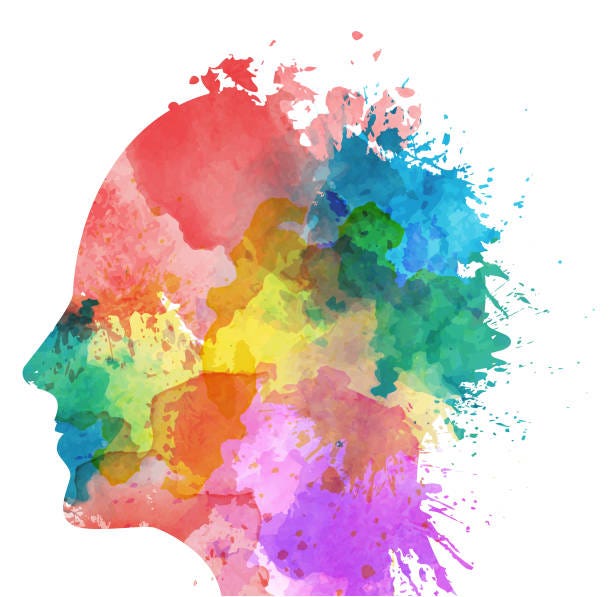
Disclaimer: This article is an opinion piece. It is not supported by empirical data. It represents research intuition garnered from observing the current state of the AI field.
Introduction
Artificial Intelligence (AI) is a topic that has been explored since the 1950s, most notably by Alan Turing. In the last decade, the field has become something of a craze and the hype surrounding it explains why it represents the next big endeavor for humans.
So much effort and investment has been put into both academia and industry, combining theoretical research and empirical data to both understand and build AI models that bear semblance to “intelligent” beings. This effort has met some success in various fields where models are now capable of solving problems in tasks related to vision and language for example. However, while these models represent a true advancement in artificial intelligence, the gap between models and beings remains large and requires an important leap. So behind the release of new and improved systems, how far are we from approaching the idea of creating sentient beings? And do we possess the tools to do so? We might not be as far as we think — and if human intelligence is our reference, the tools that we need might be within our reach.
First pillar
The first pillar is symbols. Symbols are by definition signs that represent objects, ideas or concepts. For a long time, symbols have been a method of communication and expression used by humans. The idea of using them to diffuse knowledge and thought has been picked up in research where symbolic logic and reasoning is gaining more and more traction as a way to model intelligence by using symbolism to structure and represent logical propositions. This is consistent with the “rule-based” method employed by humans in thinking, wherein inferences are made from facts that point to a conclusion. In building an intelligent being, the ability to use symbols to shape and communicate information should be crucially considered, especially to help it adapt to a new environment and enable it to interact with other intelligent beings.
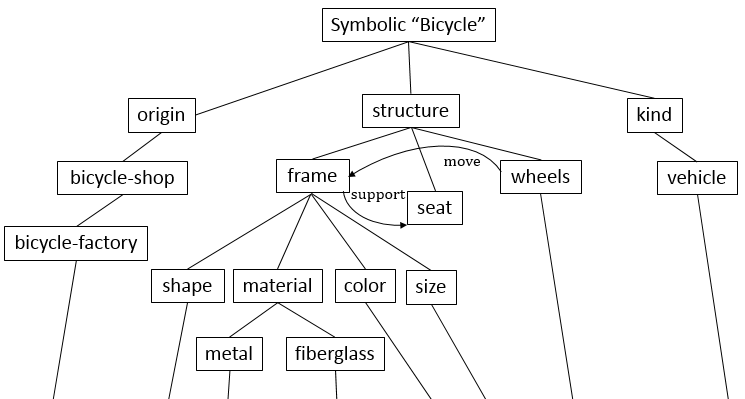
Second pillar
The second pillar is neurons. Neurons are biological units contained within the human brain that carry and process information. Neurons have inspired models as a way to mimic human intelligence and drive advancement in intelligent systems based on this premise. They have been the hallmark of deep learning systems that largely rely on neural networks: an architectural structure based on layers of units where each unit is a neuron. These neural systems have proven their ability to store and retain information, as well as learn patterns based on input data to achieve human-comparable results on certain tasks.
Moreover, the rise of symbolic and deep learning models has sparked an interesting debate in the AI community over which method is the better way forward. While questions remain on the limits of deep learning and large neural networks, neurons should be retained as an instrumental component in the design of artificial beings because of the utility they’ve proven when it comes to storing and moving data.
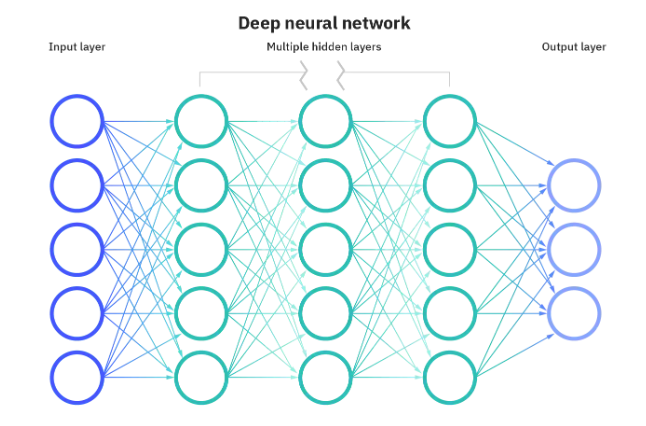
Third pillar
The third pillar is graphs. While the first two pillars can be viewed as singular units, a graph is a more complex structure that represents a set of objects. However, the properties of graphs makes them a coveted component in the design of any intelligent being.
We may not realize it but we heavily rely on graphs to navigate our daily world. Graphs are composed of nodes which themselves can contain different types of information. They can range from simple objects (e.g., pictures) to more complex ones (e.g., people). They are linked together through edges or relationships which can be defined depending on the network to be modeled. Examples of such networks are social networks or domain ontologies. This interconnectedness of information makes graphs desirable for any intelligent implementation, as they enable the linking of information modeled by symbols and transported by neurons.
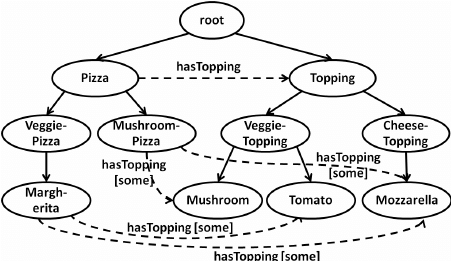
Coming together
Current research has already started to integrate these pillars together. Neural-symbolic models are known to combine the architecture of neural networks with layers of symbolic logic. Graph neural networks embed graph information as features in neural networks. Finally, graph neural networks and neural symbolic computing combine symbolic structures and graph representations. Fundamentally, an intelligent being should display properties of the three pillars: a neuron-like structure to store, retain and pass on information, a symbolic representation to abstract this information irrespective of the setting, and a graph-like property to link information and broaden the scope of its knowledge. Existing systems that combine any two of these pillars are referred to as Hybrid AI systems, and sentient beings may be the next step in their evolution.
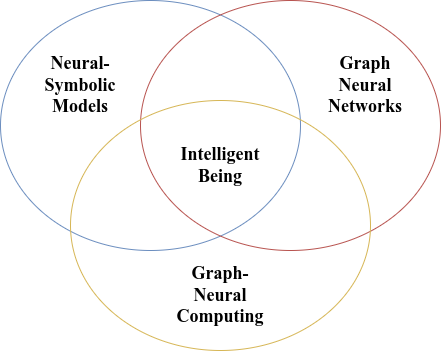
Takeaway
AI is still a growing field with dynamic results that keep challenging its boundaries and push researchers to continuously seek model improvements. It has also led some to question our own understanding of human and general intelligence as a whole. Until that question is solved human intelligence will continue to be the benchmark for any AI system. If a time comes when we are able to narrow down our definition of intelligence and extend it to create interactive and sentient beings, then we will have to ask ourselves whether we possess the necessary ingredients to do so. As it stands, the pillars needed to make the leap from enhancing intelligent systems to designing intelligent beings already exist.